II W.W.
| BEFORE II W.W. | II W.W.
|
AFTER II W.W. |
| UPDATED MAR 2024 | ME - CONTACT |
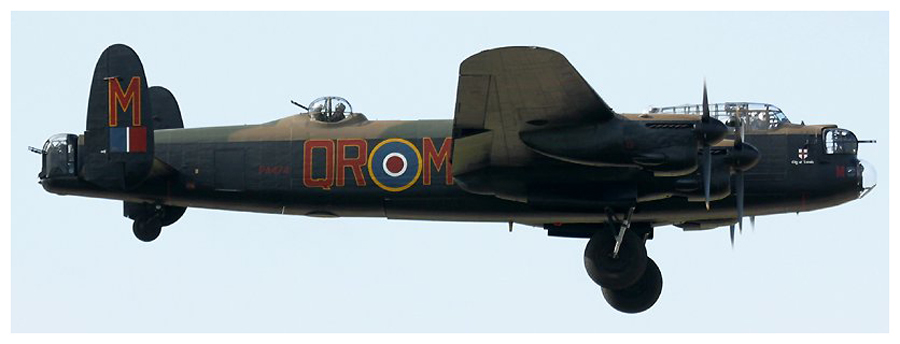 |
|
SMITH MK II - AVRO LANCASTER |
|
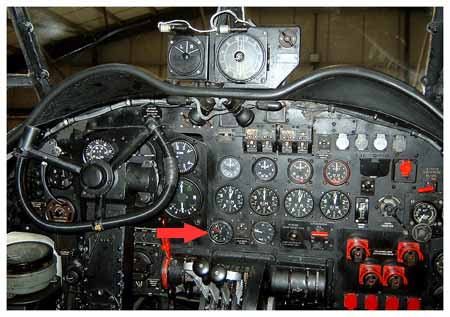 |
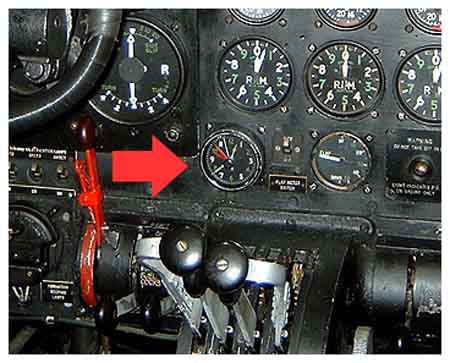 |
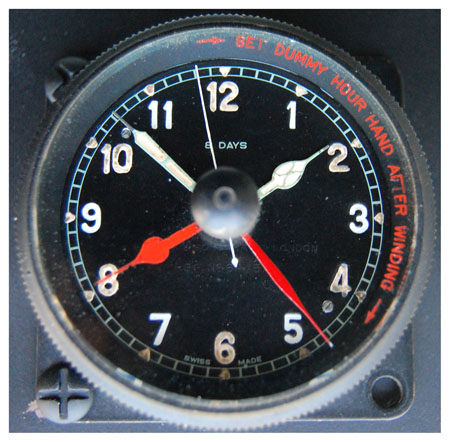 |
THE CLOCK.The movement of this clock is the same signed by Jaeger LeCoultre in his 201 model, the A-11 by Jaeger, it was also used by Spitfires.I don´t know why is not marked, possibly is was made by Smith during the war, in the dial can be read, SMITH AND SONS (MA) LTD LONDON, and SWISS MADE too , but the movement have not marks.It has 7 jewels, it is winded by swinging around the bezel, it has power for 8 days. It gives you the time and the duration of the flight, choosing with the red dummy hands of the glass the time of take off. This never fails. |
Movement marked Le Coultre (model 201) and MK II |
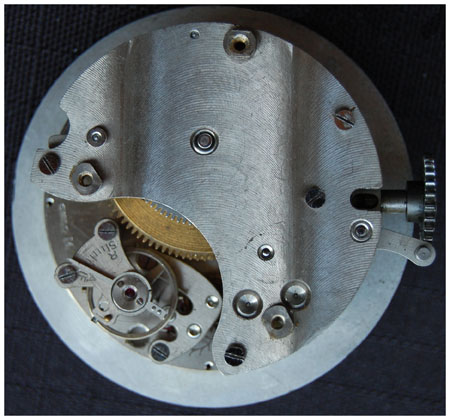 |
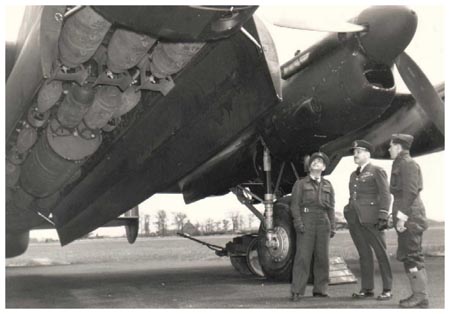 |
THE PLANEThe Avro Lancaster stands as one of the most significant British bombers of World War II. It surpassed its contemporaries in several key aspects, boasting superior range, speed, operational ceiling, and ease of construction and maintenance. Over 7,000 Lancasters were manufactured during the war effort.However, its most distinctive advantage lay in its spacious bomb bay, which ran uninterrupted through the fuselage. This unique design allowed the Lancaster, with minor modifications, to carry the Grand Slam, the largest bomb deployed by the Allies during the conflict. Nicknamed the "earthquake bomb" for its devastating impact, the Grand Slam was designed to penetrate and destroy heavily fortified underground structures.Weighing a staggering 22,000 pounds (9,979 kg), the Grand Slam necessitated significant modifications to the Lancaster. All defensive armament and the rear gun turret were removed to accommodate the immense bomb.The aircraft incorporated a camera system to capture the bomb's detonation and assess its effectiveness. Following bomb release, the Lancaster would maintain a level flight path for a predetermined duration based on the release altitude. For instance, at 25,000 feet (approximately 8 kilometers), the crew would hold their course for 40 seconds to allow the camera system to record the explosion before resuming their return journey.The standard Lancaster crew consisted of seven members. After completing 30 missions, crew members were typically rotated to other units, assigned instructional roles, or granted a period of rest and recuperation.Initially designed for two pilots, the Lancaster's operational configuration transitioned to a single pilot shortly before active service began. The pilot was positioned alongside a flight engineer occupying a foldable seat. Separated by a curtain, the navigator sat directly behind the pilot, as depicted in the accompanying image.
THE COCKPITThe Lancaster cockpit was the standard one for instrument flight in the RAF, something that made easier the change between school planes from the RAF and the Lancaster.The controls of the motors of the landing gear were well situated and were easy to use. The cockpit was well conditioned in terms of temperature and comfort. The visibility was excellent even through a bubble backwards.The only problem was the flap indicator (instrument situated right of the clock in the picture of the beginning), couldn´t be seen by the pilot if the motor levers were frontwards, but it could be seen by the mechanic, who was the one that operated it. Many pilots preferred to manage the flap themselves to coordinate better the untrimmed produced when the flaps was moved. |
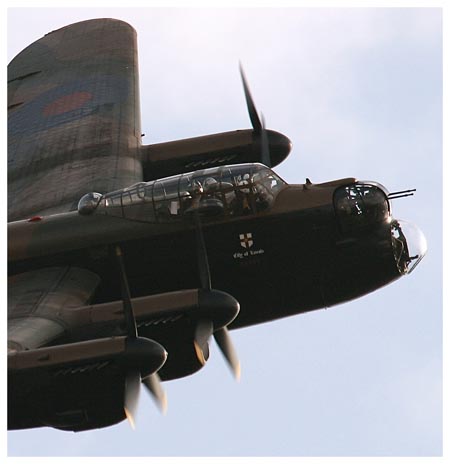 |
|
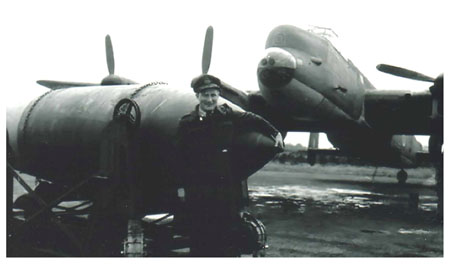 |
|
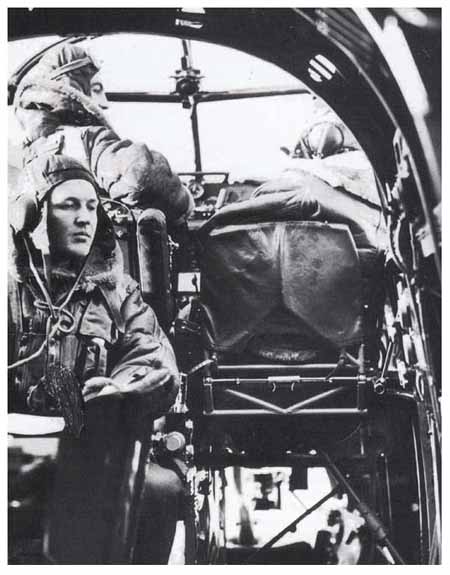 |
|
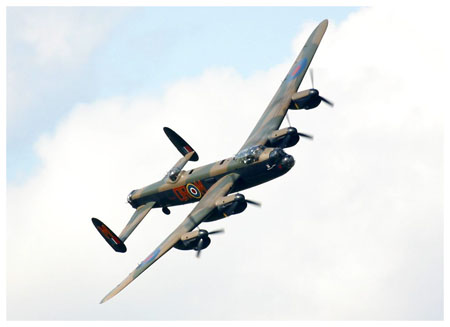 |
|
RHUR´S DAM BOMBING |
|
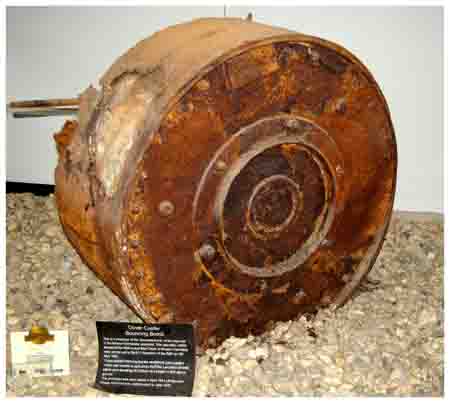 |
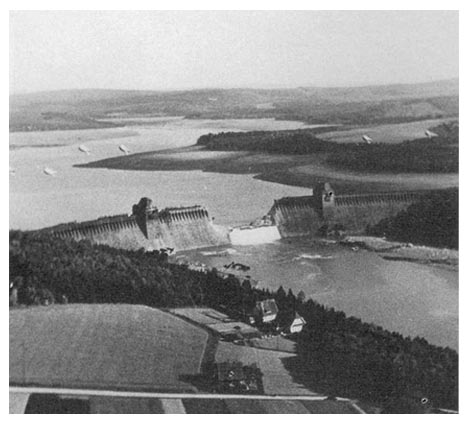 |
The most ambitious attempt to stop the industrial activity of the Ruhr was made by this bomber. It was something risky and with a low probability of success. The 617 squadron of the RAF, famous for having sunk the Tirpitz was the one chosen, managed by one of the most prestigious bombing pilots of the RAF, wing commander, Guy Gibson.The crews had to be trained in closed formation flights at low altitude during night to evade the radar, and also do it with great precision due to the small target that they preys offered. The idea of the bombing was from the doctor Barnes Wallis imitating the flat stones thrown against the surface of the water that advance by jumps. Wallis refined this idea and constructed a prototype cylinder bomb that, following his calculations, if it were thrown with convenient speed, height, and distance, it would move bouncing against the water evading the anti-torpedo networks. It would then crash with the wall of the dam and sink to a depth of 9 meters, where a hydrostatic device would make it explode. For this they thought to put two foci on the planes whose circles of light on the water would only be tangents when the plane was at the correct distance (370 meters) of the dam and at the exact height (19 meters) to launch the bombs.The date chosen was the 16th and 17th of May, in which the necessary conditions were given: full moon to make it easier to fly at low heights and a high level of water in the dams produced by the thaw. 50 Wallis´ bombs and 20 Avro modified were gathered in Scampton´s aerodrome. Out of the 5 dams established as targets, 2 were destroyed and 1 was lowly damaged. 8 planes were lost in the mission, 6 on the trip and 2 on the targets. The valleys that protected the dams were flooded. The catastrophe wasn´t mentioned to the German society. The remains of the explosion in the dam of Möhne can still be seen nowadays. |
|
GO TO - CLOCKS FOR SALE |
GO TOP OF THE PAGE |
HOME |